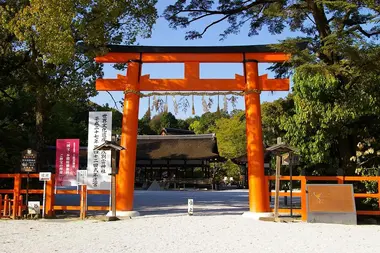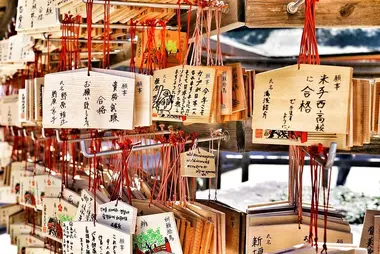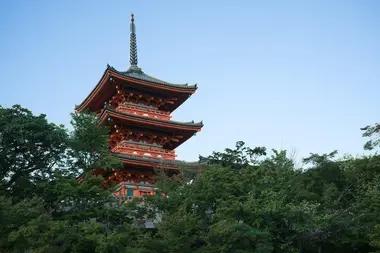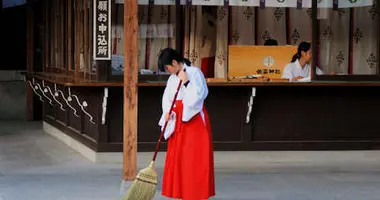The differences between temples and shrines
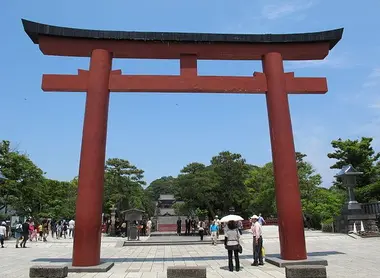
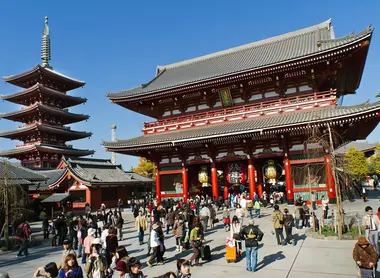
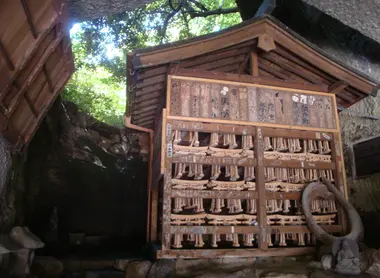
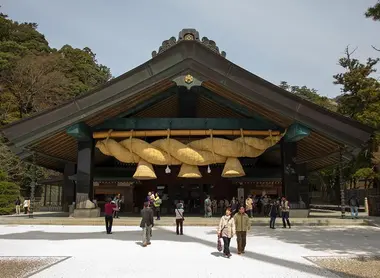
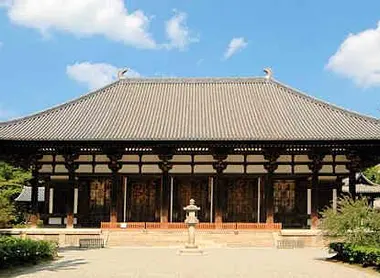
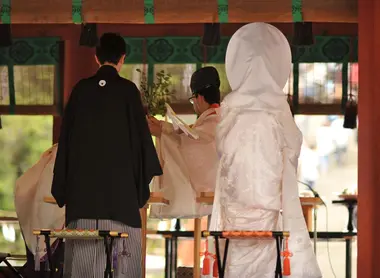

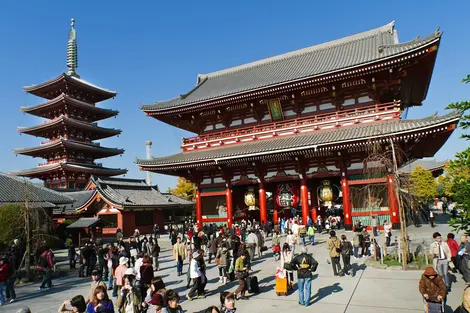
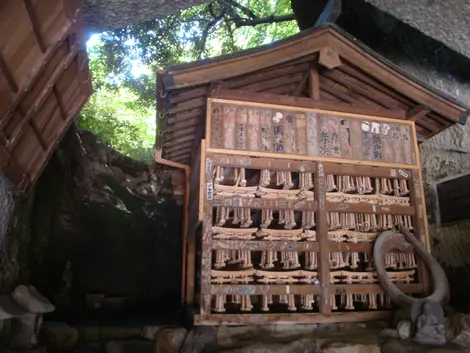
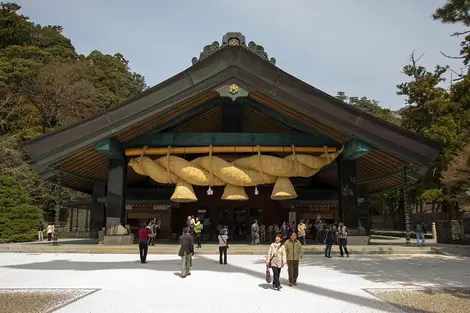
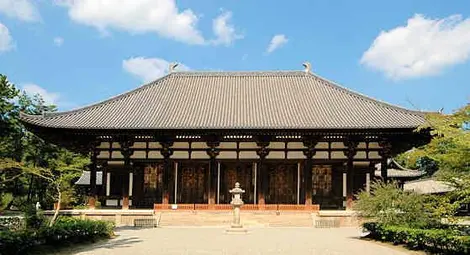
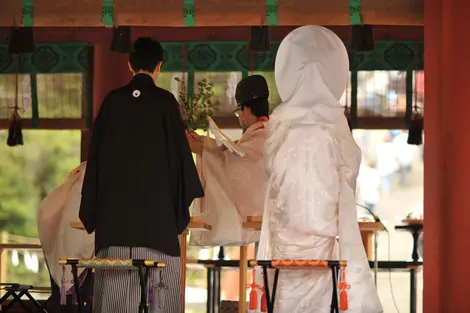
The religions of Japan: What are the differences between a Shinto shrine and a Buddhist temple?
Shinto altars in Buddhist temples, Buddhist statues in Shinto shrines, the places of worship of the two great religions in Japan are sometimes mixed. However, it is not that difficult to distinguish a shrine from a temple, once you know a few architectural details.
Shintoism and Buddhism in Japan: an old love story
The difference between Shintoism and Buddhism is simple; they are two very distinct religions.
Shintoism ( 神道 ) means "the way of the gods", and is a polytheistic system with thousands of kami deities. The kami are deities of nature, such as the sun, the sea, and even rice.
Buddhism originated in India and is a religion based on the teaching of the Buddha and the hope of achieving enlightenment by breaking the cycle of reincarnations. It was imported to Japan from China in the sixth century.
For a long time, the two religions evolved together and mingled. Most still retain their old mix of symbols, which can be confusing. There is little more than the great Shinto shrines of Ise, Yasukuni-jinja and Meiji-jingu to be a full Shinto.
The cohabitation ended when Shinto became the state religion in Japan during the Meiji era (1868-1912). Shinto shrines were "purified" and Buddhism was persecuted, accused of being a foreign religion. Differentiated Buddhist temples can be seen today, although marks of the ancient syncretism remain.
In the Japanese language, the Buddhist temple is referred to by the word dera (Kiyomizu-dera) or will receive the suffix - ji (Horyu-ji). The Shinto shrine will be described as jinja (Ujigami-jinja) or even taisha (Fushimi Inari Taisha), jingu (Heian-jingu) or followed by the suffix - gu (Tosho-gu).
Characteristics of a Shinto shrine
As soon as you enter, the difference between a Buddhist temple and a Shinto shrine is noticeable. Access to the place of worship is always marked by a torii (sacred portico), usually red, which delimits the passage from the profane world to the sacred world of the kami. The entrance is also marked with a shimenawa (a wide rope made of straw).
At the entrance is a small basin of water accompanied by a bamboo ladle: this is the chozuya, where the faithful must wash their hands and mouth to purify themselves.
The Shinto shrine is made up of two buildings: the haiden, where ceremonies take place, and the honden, a closed building reserved for the kami and objects personifying it. The two buildings are sometimes interconnected and topped with gables.
In the shrines enclosure, you will often see small wooden plaques hung by tens or hundreds: these are the ema, on which the faithful write their wishes or prayers to the local kami.
Finally, what are these strips of paper? These strips of paper are shide, paper folded into a zigzag shape. These strips represent a link between the secular world and the world of the kami.
- Read also: Shintoism
The characteristics of a Buddhist temple
At the entrance, the Buddhist temple has a temple gate with a roof, the mon. The temple gate often houses the statues of the protective deities Agyo and Ungyo, or the protective deities of the four directions.
The Buddhist temple consists of several buildings: the kondo, the main hall where there are statues of Buddha; butuden, rather reserved for Zen temples; buildings for education; copying of sutra conservation and meditation, etc. It is accessed through several doors and there are also stone pagodas.
A building that is easily recognized as a Buddhist temple is the pagoda, which is an evolution of the Indian stupa. It is called to and has three or five floors. It is nevertheless possible to find a pagoda within the enclosure of a Shinto shrine, for example at Itsukushima-jinja, because of the mixture of the two religions before 1868.
Statues representing Buddha, or bodhisattvas, are also very often present. Buddhist temples usually have a garden (a dry garden in the case of the Zen branch), the latter being lit by stone lanterns, the toro.
- Read also: Zen in Japan
- To read also: The lucky charms of Japanese temples
The two religions in the life of the Japanese
The last difference between these two religious spaces in Japan is their use by the congregation. The Japanese rather go to Shinto shrines for ceremonies linked to the major stages of life (births, marriages) or for family or personal prosperity (financial success, love, career ... etc).
- Read also: Marriage in Japan
Buddhist temples on the other hand often host ceremonies related to death or personal devotion to achieve enlightenment. The vast majority of Japanese people practice both religions in parallel, throughout their lives, and may well have a small Shinto altar in their home, near a statue of Buddha.
